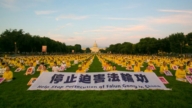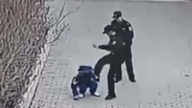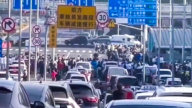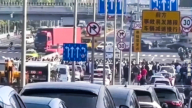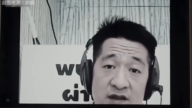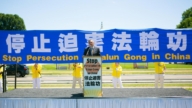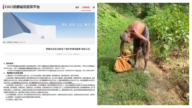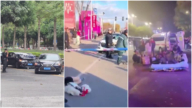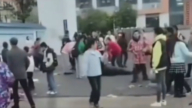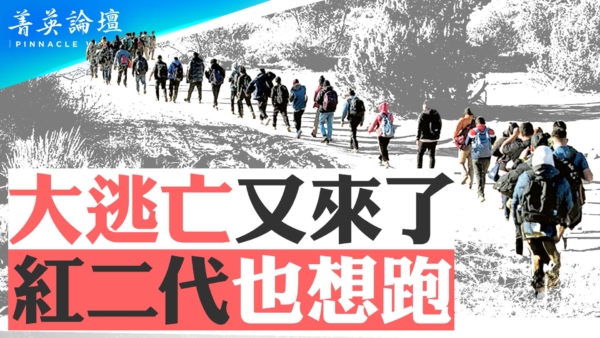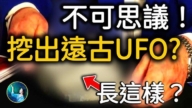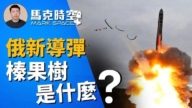【新唐人2012年7月5日訊】《紐約時報》中文網4號刊登評論員文章《什邡事件拷問中國環評機制》,作者認為,過去30多年中,中國雖然取得了經濟的高速增長,但卻付出了慘重的生態代價,在財富分配上,也造成了實質的不公平。
報導說,煙霧瀰漫的天空、污染的河流以及有毒食品已經成為全國性的問題,在這樣的大背景下,什邡開採鉬銅的礦廠項目似乎觸動了全國民眾的神經。儘管審查人員似乎採取了刪帖措施,什邡抗議還是成為了週二的新浪微博上最熱門的搜索主題。
據大陸媒體報導,什邡市委書記7月3號下午表示,決定停止這個項目的建設。
不過,3號,什邡警方發佈警告,他們將「嚴厲懲罰」任何繼續進行抗議的人。當局還禁止民眾使用網絡、手機短信和其他形式的通訊手段組織抗議活動。
而《紐時》的報導說,什邡政府的通告並沒有明確表示礦廠是否會恢復建設。市政府聲稱已開通熱線電話和郵箱來解答與這個項目有關的問題,同時促進對項目的所謂「正確理解」。報導說,這似乎暗示,這個項目的建設工作將來會繼續進行。
「什邡大衝突」媒體人齊怒吼
北京知名攝影記者陳傑微博上披露說:「什邡事件,我知道有諸多媒體記者,以職業的本能迅速抵達現場,不過,他們所供職的媒體最終只能是旁觀者,他們的無力,不是因為沒有採訪到真相,而是,被迫噤聲。最終,是公民利用網絡,一起完成了這個事件的報導,最迅速、最現場、最詳實,當然,這裡面也有很多記者轉身做網民,頂著壓力發聲。」
大陸的《中青報》7月4號刊登評論文章——《有些事,無法假裝看不見》,評論說,有些事情,網絡上議論紛紛,微博有圖有細節,有當事人訴說、有旁觀者描述,可傳統媒體竟不見半句報導。
而《東方早報》、《南方日報》等新浪官方微博都轉載了《中青報》的要點。《南方都市網》在新浪認證的官方微博上也發出怒吼說:「今天,什邡的特警敢向人民動武,敢打女人和孩子;明天,你我生活的地方特警,就敢對你我動武。今天你不說話,明天,你我就可能被武裝槍殺!我們,必須譴責他們,必須依法懲辦肇事者!必須有人為這次惡性事件負責!」
《經濟觀察報》發表評論認為:「什邡政府,一邊是武裝力量驅逐抗議者,一邊是息事寧人地宣佈順應民意、停止項目,看上去相當精神分裂。為啥強力控制局勢了,反而在實質問題上低頭?官方也害怕進一步激化矛盾,把民眾逼到『不畏死』的階段。簡單說,官方對於暴力本身已經心中無底了。」
新唐人記者周平報導
Shifang City Questions China’s EIA Mechanism
On July 4, the New York Times’ Chinese website published
a commentary, titled:
“The Shifang Protest Questions China’s
Environmental Impact Assessment Mechanism."
The article argues that though China has had rapid economic
growth in the past 30 years, it has come at high ecological costs.
The country has also seen substantial injustices
in social wealth distribution.
Beyond the nationwide smoggy skies,
polluted rivers and toxic food,
Shifang’s molybdenum copper project seems to have hit
upon the nerves of the Chinese civilians, said the article.
While even with the web censors’ removal of
the online postings,
the Shifang protest still topped the heated topics
on Sina’s Microblog on Tuesday.
According to China’s media, on July 3, the Shifang
authorities announced a halt to construction on this project.
However, that same day, the Shifang police issued a warning
notice stating that anyone who continues to protest will be “severely punished."
Local people have also been banned from using the internet,
SMS and other forms of communication to organize demonstrations.
The New York Times’ article commented that Shifang’s
official announcement hasn’t specified whether the project’s construction will be resumed.
An official hotline and mailbox were allegedly opened to
answer questions and help people to “correctly understand"the project.
This seems to be implication that the project’s construction
will go on in the near future, said the commentary.
Chinese Media Cry Out for The Shifang Incident
Renowned Beijing-based photographer, Chen Jie, said on
his Micro-blog: “As I know, a lot of journalists swiftly arrived on the scene in Shifang.
But the media outlets they work for will only serve
as bystanders.
This is not due to their failure to explore the truth,
but rather due their being muzzled.
In the end, citizens, via the internet, concertedly finished
the reportage—which ended up being the quickest,
most detailed and accurate news report [on the issue].
Actually, many of these netizens were journalists,
who spoke out under pressure. “
On July 4, the China Youth Daily published a review article
titled, “Some Things, We Just Cannot Pretend to Ignore."
The article commented that proof of some hot topics
are often discussed on after another on the internet,
some bloggers even post photos, along with detailed
descriptions by participants and witnesses.
Yet, these news items go unreported by the traditional media.
Dongfang Daily and Nanfang Daily have reproduced
this view on their official Microblog blogs.
The official Microblog blog of Nfdsw.com said:"Today,
in Shifang, the SWAT police dared to beat women and children;
tomorrow, the SWAT police will dare use violence
against you and me in our living places.
Today, you keep silent; tomorrow, you and I may be
shot to death by the armed forces. We must condemn them.
The perpetrators must be brought to justice!
Someone must be liable for this vicious incident!"
The Economic Observer commented, “Shifang’s government
looks quite schizophrenic.
On one side, it used armed forces to disperse the protesters;
on the other, it claimed to heed public opinion and stopped the project.
Why did it yield on the core issue after having controlled
the situation?
The authorities are also afraid of seeing the conflict intensify,
—driving the masses into a state of ‘not fearing death.’
Simply put, the government has no guarantee that
it won’t resort to violence."


